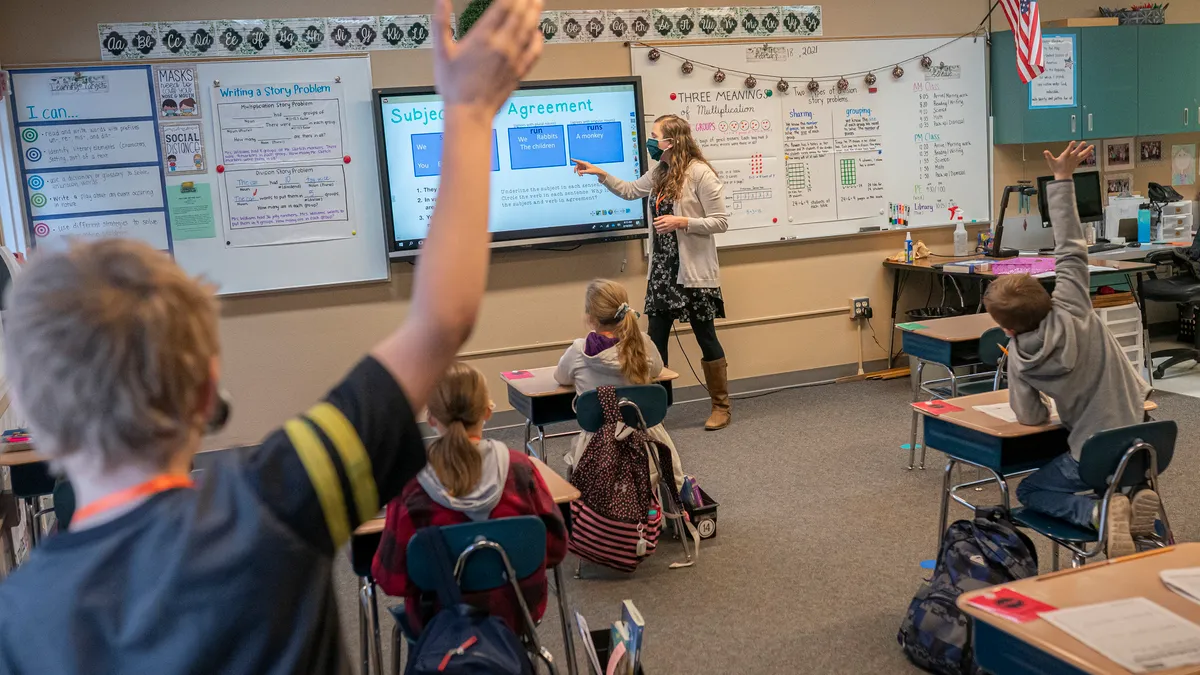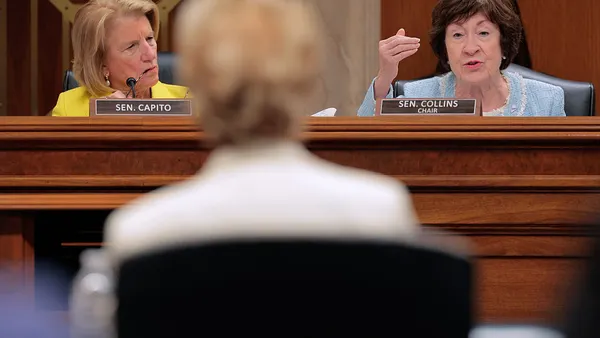Dive Brief:
-
The pandemic’s academic and emotional impact on students caused some school systems and educators to adjust grading approaches to ensure anti-bias practices while minimizing grade inflation and maximizing content mastery. Some districts are now considering formalizing those approaches.
-
Richland School District Two in Columbia, South Carolina, for example, has formed grading task forces for both the elementary and secondary school levels that are studying several grading procedures such as day-to-day and report card-level grading practices; grading scales; consistency in grading; and grading of homework assignments, according to district leaders.
-
While taking steps to make sure grading approaches better communicate student learning and are equitable, changing long-standing routines takes communication and collaboration with various stakeholders like parents, teachers, students and community members, Richland administrators said.
Dive Insight:
“I think we found out during the pandemic that there were inequities in our system,” said Nancy Gregory, the district’s chief academic officer. The district put temporary fixes in place, such as setting 40 out of 100 — instead of zero — for the lowest level for an F on secondary school report cards. Although the policy was changed in the second nine-week grading period, it was retroactive to the first grading period.
That allowed more students to participate in credit recovery since school board policy says a student must have a minimum of 50 points to aim for a second attempt for a passing grade, Gregory said.
The school system created two district-level grading task force groups in December — one focused on elementary schools and one on secondary schools. The task forces have representatives from each school, as well as parents, students, principals, teachers and community members.
Each school also has its own grading task force with representation modeled after the district’s task forces, Gregory said. The task force members are encouraged to ask other stakeholders about their experiences and opinions of grading practices, and to share what they are hearing.
“One thing we've also found out is that teachers feel very strongly about their way of grading,” Gregory said.
The district has surveyed teachers, parents and students and is in the process of reading those results. The district is also reviewing professional articles about grading practices and solutions, Gregory said. Much of the focus of all this work is centered around consistency in grading, how homework is used in grading, whether teachers use percentages or points in grading, and more.
It is expected that the task force groups will conclude their work this fall and will make recommendations to district senior leadership, as well as parent, faculty and student advisor groups, Gregory said.
Penelope “Penny” Atkinson, the district’s executive director of secondary instruction, said she would advise other districts considering grading reforms to involve as many stakeholders as possible and to make sure decisions are grounded in research. She also said the process can’t be rushed.
“This is not something that can be done quickly,” Atkinson said. “We need to take our time and make sure we are going through our district’s protocols.”







 Dive Awards
Dive Awards






